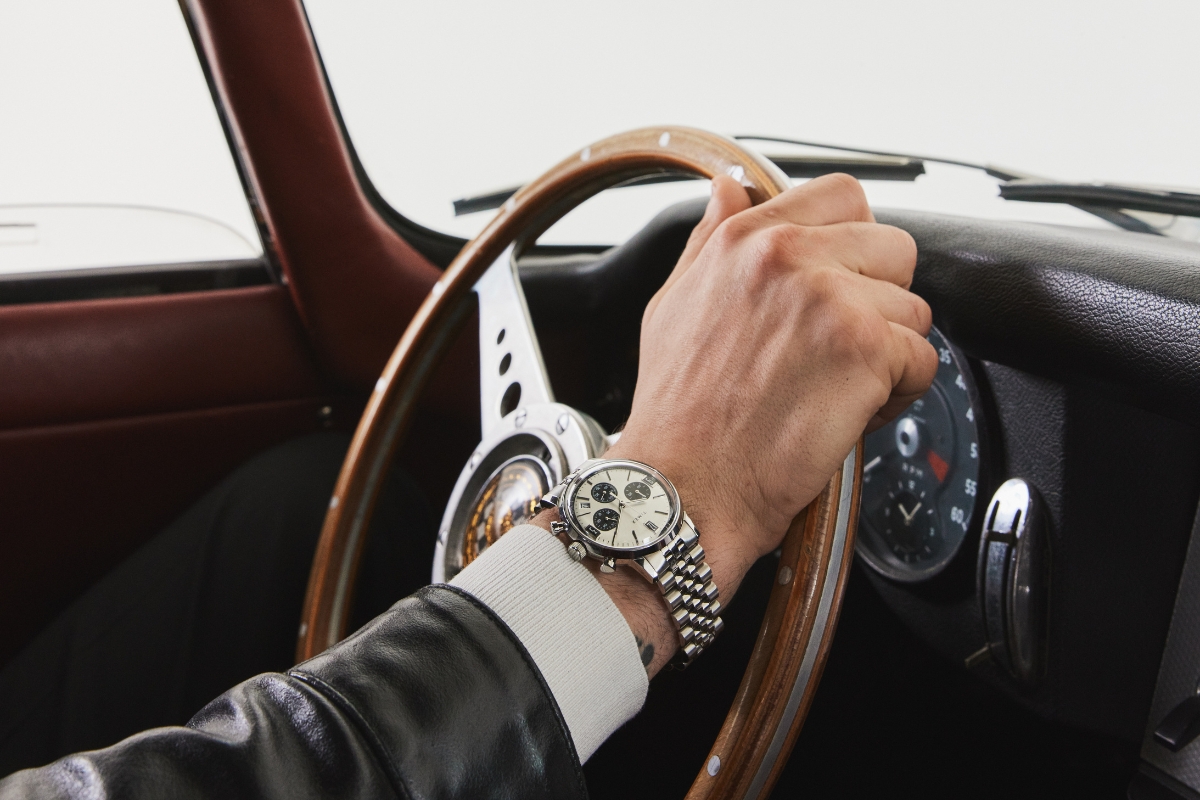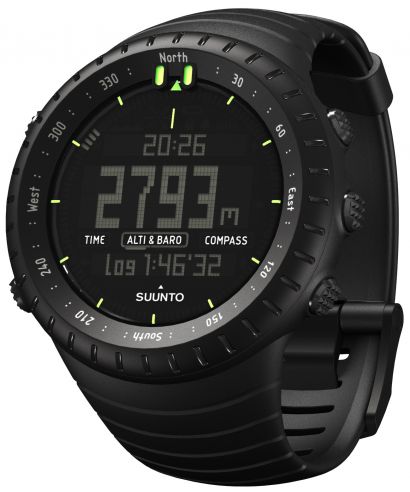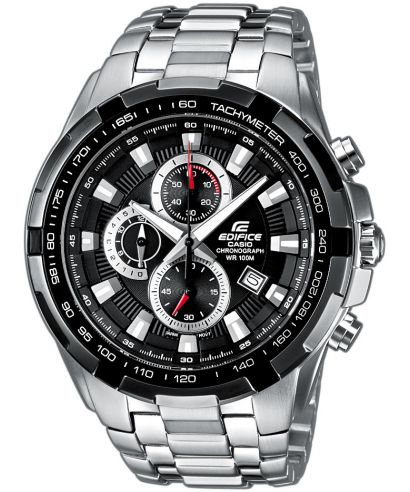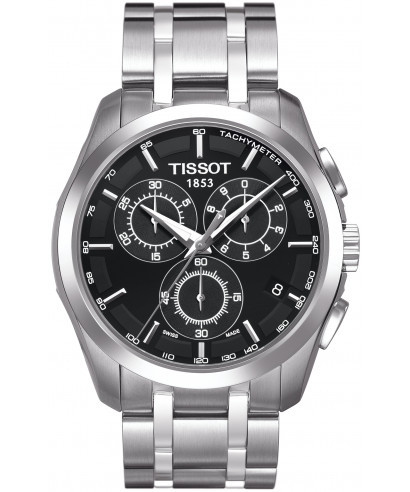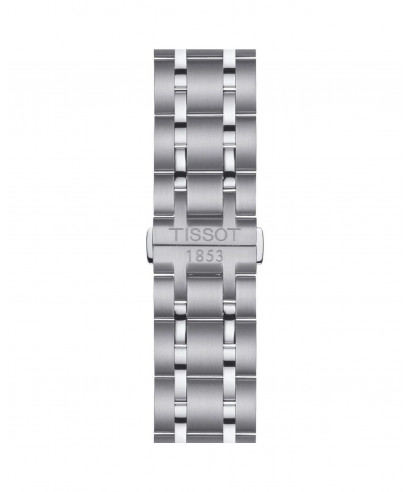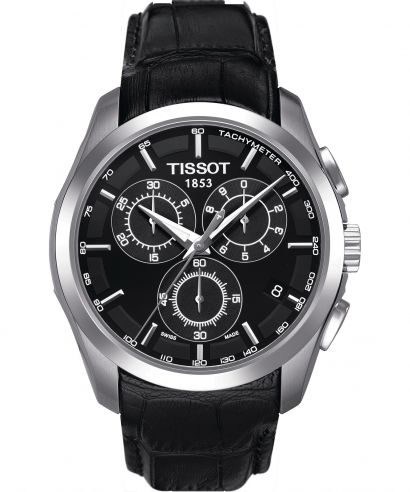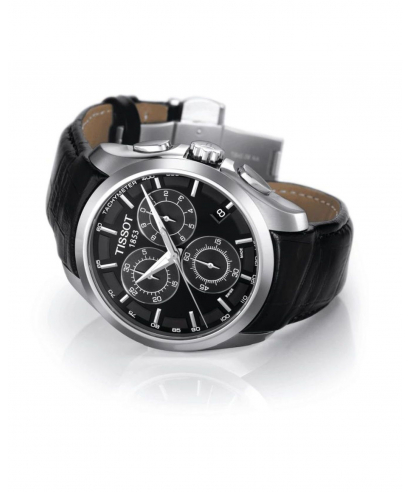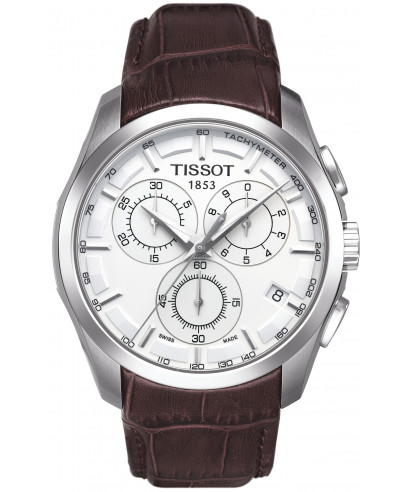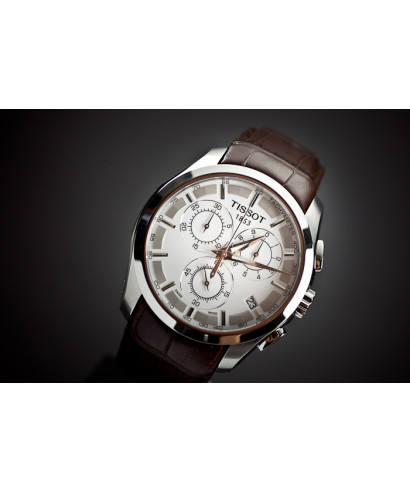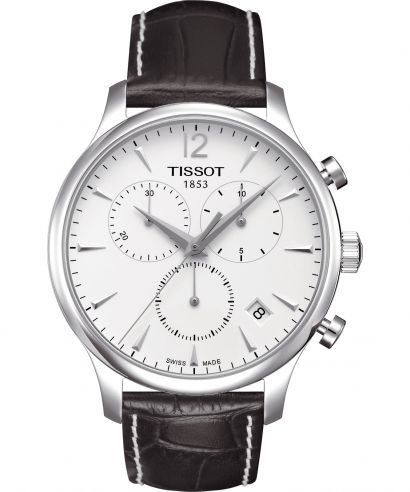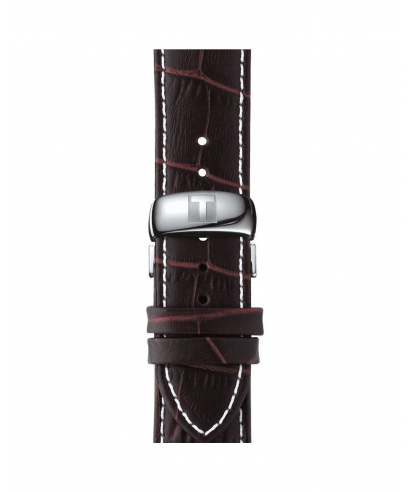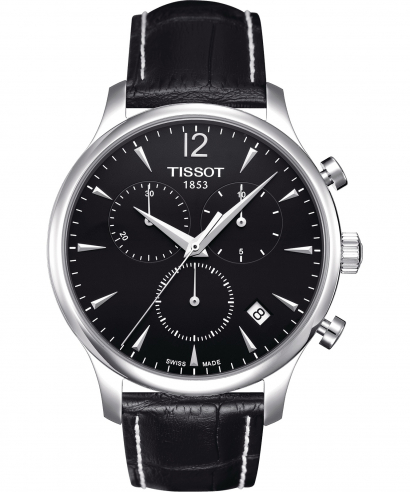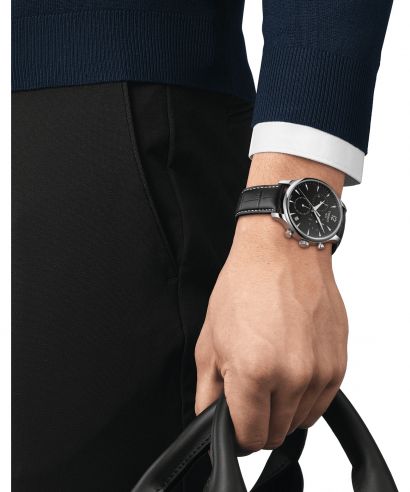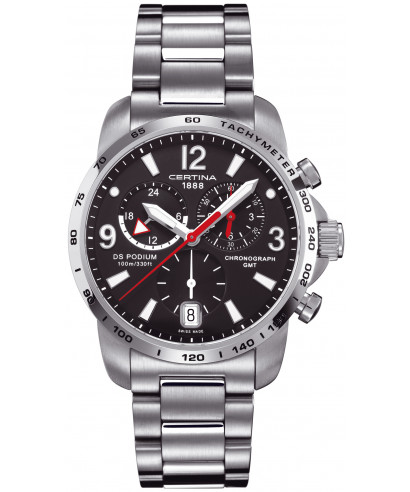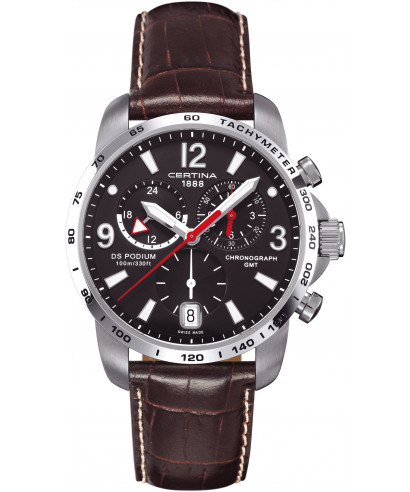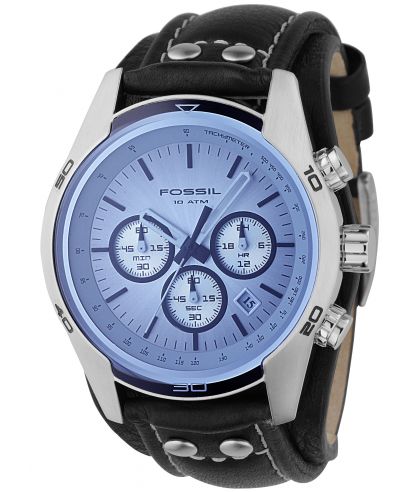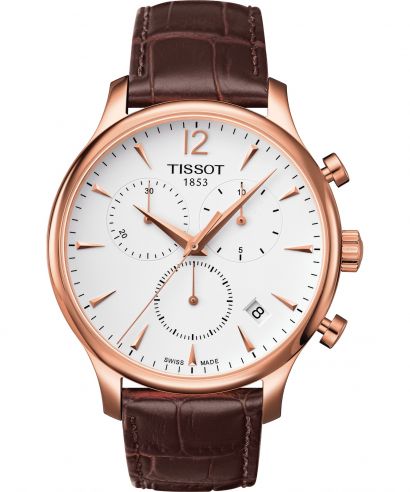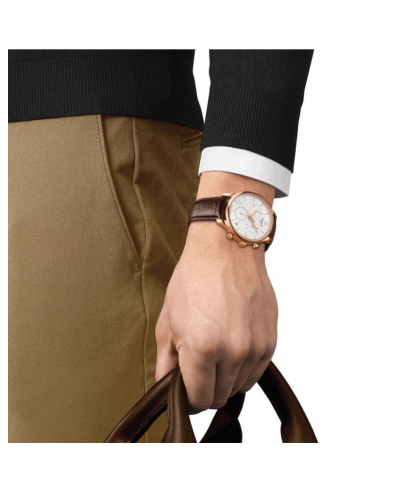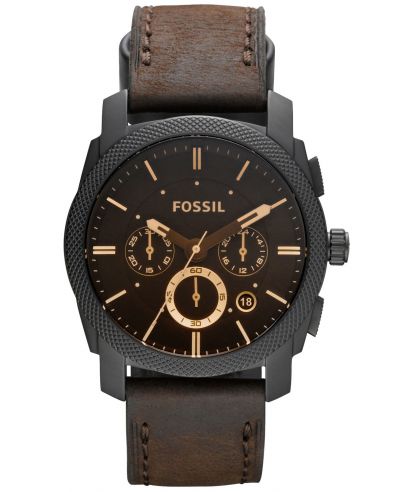
Chronograph - what is it and how does it work?

Various
Chronograph - what is it and how does it work?

The chronograph is a function in watches that not only adds an aesthetic touch in the form of small dials on the dial face, but more importantly serves as a stopwatch to measure time with a high degree of accuracy. The usefulness of the chronograph extends from simple everyday tasks to more specialised applications such as measurements in sports or scientific experiments. This practicality makes chronograph watches a tool that is not only functional but also fashionable, ideal for those who appreciate the combination of style and utility.
Contents:
- What is a chronograph?
- From amateur measurements to precise timekeeping
- How does the chronograph function in a watch work?
- What is the chronograph used for? How do I use the chronograph in my watch on a daily basis?
- How do you set up a chronograph on a watch? Step-by-step instructions
- Chronometer and chronograph in a watch - we explain the difference
What is a chronograph?
A chronograph is a complication of the watch mechanism that provides precise timekeeping. Depending on the level of complication, the device measures seconds, decimals and hundredths of a second, and can also measure very long intervals of time - even hours. In short, the chronograph function is nothing more than a stopwatch, useful for any athlete. Simply use one of the buttons on the side of the case - then the hands on the additional dials, otherwise known as totalizers, will start. Stopping the chronograph is done by pressing the button again, while the adjacent button resets the counter to zero. The chronograph is an additional function on a watch that allows precise time measurements to be taken. It is a so-called analogue stopwatch usually activated by a button on the side of the case. It is most commonly found on sports watches, but often adorns casual models as well.

From amateur measurements to precise timekeeping
The first chronographs were developed earlier than you might think, as early as the turn of the 18th century. They took the form of a pen attached to a needle, which moved when triggered and left a trail of ink, thus recording the measurement. Such a solution was far from precise in measuring stretches of time and always had to be compared with other measurements, so it did not last very long. The breakthrough came in 1821, when the first chronograph was developed that could accurately measure the time travelled from A to B. Its designer was a French watchmaker, Nicolas M. Rieussec, and the invention was commissioned by King Louis XVII, who wanted to know the exact time during which the horses travelled along the racecourse.
From then on, subsequent chronographs were already modelled on the one created by Rieussec. Year after year, they resembled watches more and more in their form. The military industry and the development of aviation contributed to their rapid growth. Initially in the form of stopwatches or pocket watches with an optional chronograph function, they took on the form of the wristwatches we know so well today.
How does the chronograph function in a watch work?
Chronograph watches have a slightly more complicated operating mechanism than traditional watches - this involves the installation of additional, accurate timekeeping systems. For this reason, the watch can often be more expensive than standard models. At its most basic, a chronograph measures only seconds, with a single hand that starts the clock at the push of a button on the side of the watch case. Such a watch is limited to measuring seconds only, while the more complicated ones contain up to three chronograph dials - counting hundredths and tenths of a second - providing extremely accurate time intervals.

As well as sub-dials, the chronograph on a watch can also take on an electronic form, most commonly found on smartwatches and sports watches such as the Casio G-Shock or Puma. It comes in handy during sports, but it is also a practical option in everyday life. Accurate timekeeping will be important in the kitchen, for example. It allows you to measure the time for baking or boiling eggs. The additional dials on the dial face are also an aesthetic asset, making the watch look designer and stylish. They complement the main dial and - although usually treated as an additional function - add a unique flair to the model. The chronograph is also often found in aviation watches - after all, every fraction of a second matters in the skies. The chronograph is also found in automotive models, where it appears next to the tachymeter for measuring speed. The chronograph in a watch is therefore not only a practical option, but also an aesthetic one.
What is the chronograph used for? How do I use the chronograph in my watch on a daily basis?
The chronograph can be indispensable, especially for athletes. It is difficult to imagine any discipline where time is of the essence without the ability to measure it precisely. Thus, chronograph watches are indispensable for any athlete striving to break all records. The most popular use of a chronograph is, of course, to measure time while running - even in the age of electronic watches, however, many people choose analogue models with a chronograph. One reason for this is their versatile design - they can be used equally well as a sports watch or as a stylish accessory for formal occasions. Chronograph watches are also ideally suited to all kinds of coaches and sports instructors who need to keep track of the time of their charges, yet still want to maintain a stylish and exclusive look.

How to use the chronograph? By using the buttons located on the side of the envelope to start and stop the measurement. Manufacturers try to make this function as intuitive and easy to use as possible. The answer to the question of what the chronograph is used for in a watch seems relatively simple - it serves as a timekeeping function as well as an aesthetic addition.
How do you set up a chronograph on a watch? Step-by-step instructions
How do you set the chronograph on your watch? We are enclosing a short instruction that will allow you to reset the stopwatch settings.
The instructions for operating the chronograph on a watch are quite short and uncomplicated. The first step is to pull the crown all the way out and, using the buttons, move the subdials to the home position. On some brands, setting the chronograph requires the crown to be pulled out and the upper and lower push buttons pressed in simultaneously for a few seconds. Once the operation is complete, it is also necessary to remember to set the correct time, the countdown of which has been paused for that time.
Chronometer and chronograph in a watch - we explain the difference
Chronometer and chronograph are often confused terms, especially as they both relate to watches. A chronometer is nothing more than a watch with a very high degree of accuracy that can withstand varying operating conditions. More often than not, the fact that a model is a chronometer is evidenced by the COSC certificate (short for Swiss Chronometer Testing Institute). A chronograph is, as we already know, a watch with an analogue stopwatch function that measures segments of time, the tiny dials acting as measurement indications in it. Their accuracy can be to tenths or even hundredths of a second.

